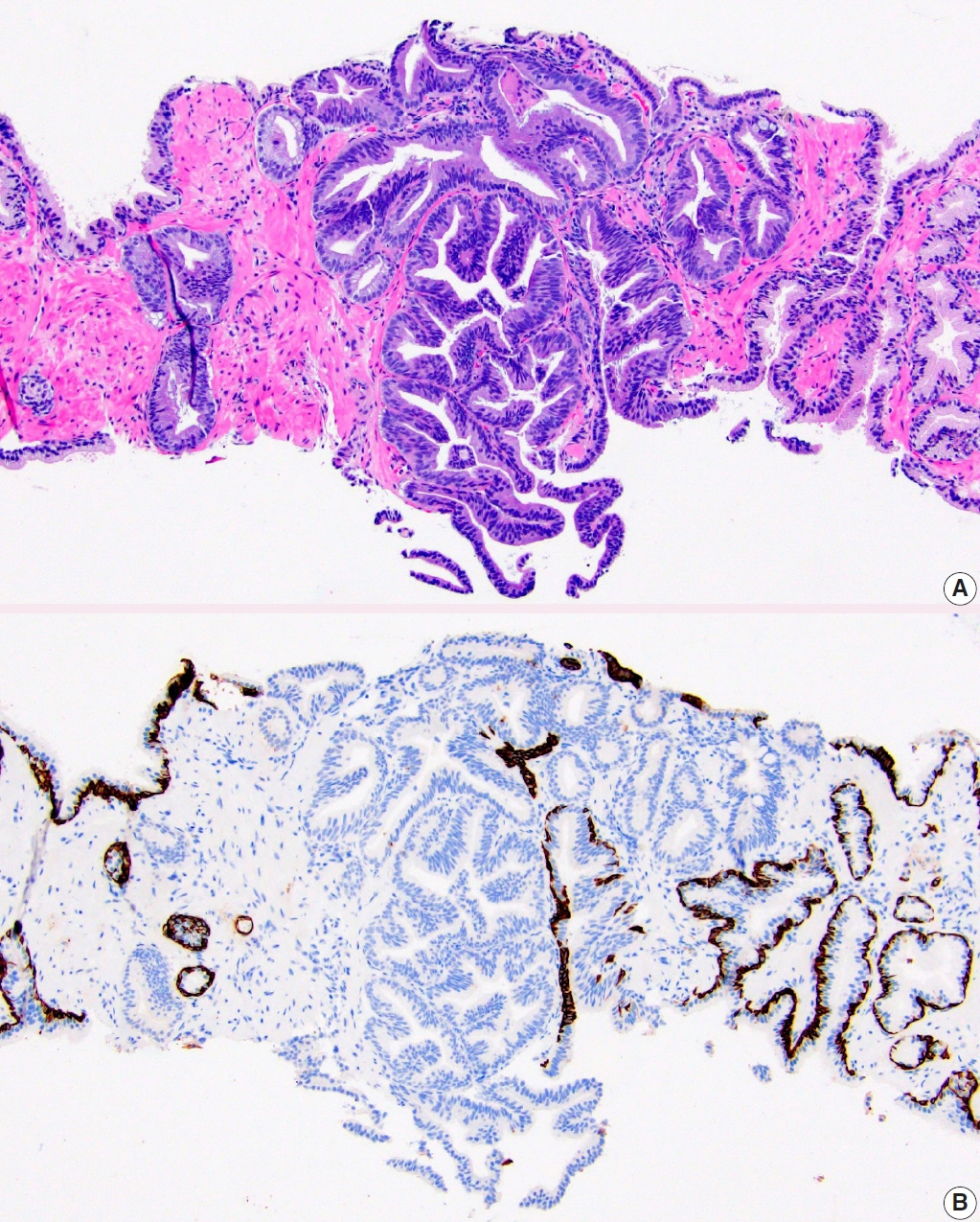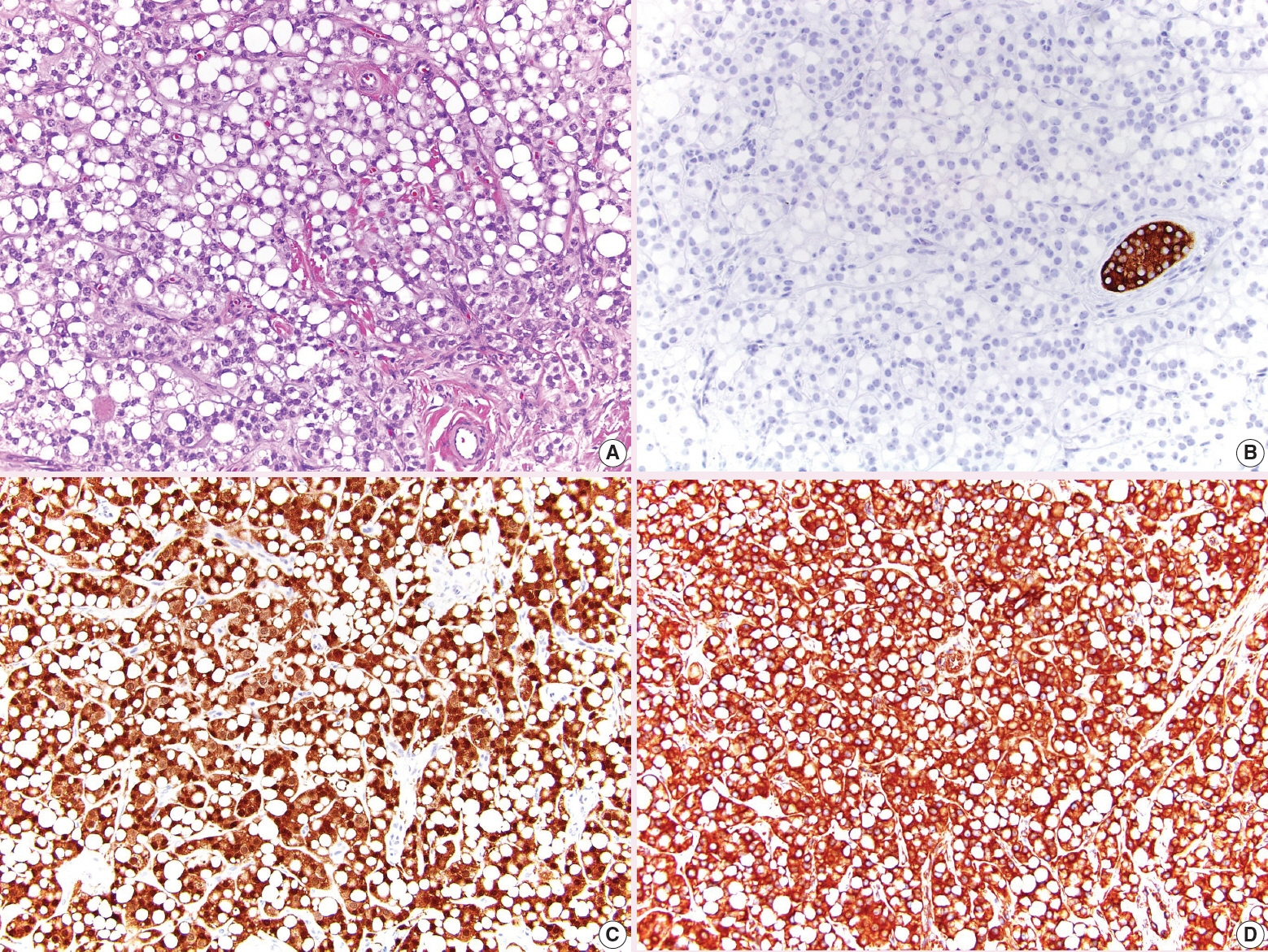J Pathol Transl Med.
2024 Jan;58(1):45-48. 10.4132/jptm.2023.12.11.
What’s new in genitourinary pathology 2023: WHO 5th edition updates for urinary tract, prostate, testis, and penis
- Affiliations
-
- 1Department of Pathology Northwestern University Feinberg School of Medicine, Chicago, IL, USA
- 2Department of Laboratory Medicine and Pathology, University of Washington, Seattle, WA, USA
- 3Department of Pathology, The Ohio State University Wexner Medical Center, Columbus, OH, USA
- KMID: 2550502
- DOI: http://doi.org/10.4132/jptm.2023.12.11
Abstract
- The 5th edition WHO Classification of Urinary and Male Genital Tumours (2022) introduced many significant changes relevant to urologic daily practice, mainly to renal tumors which was covered in the What’s New newsletter in September 2022. In this newsletter, we summarize the notable changes to bladder, prostate, testis, and penis based on the 5th edition of the WHO.
Figure
- Full Text Links
- Actions
-
Cited
- CITED
-
- Close
- Share
- Similar articles
-
- What’s new in kidney tumor pathology 2022: WHO 5th edition updates
- A Clinical Observation on Tumors of the Genitourinary Tract
- A Statistical Observation on Gentio-Urinary Tract Injuries of Korean Army in Vietnam War
- What’s new in hematopathology 2023: updates on mature T-cell neoplasms in the 5th edition of the WHO classification
- What’s new in dermatopathology 2023: WHO 5th edition updates





